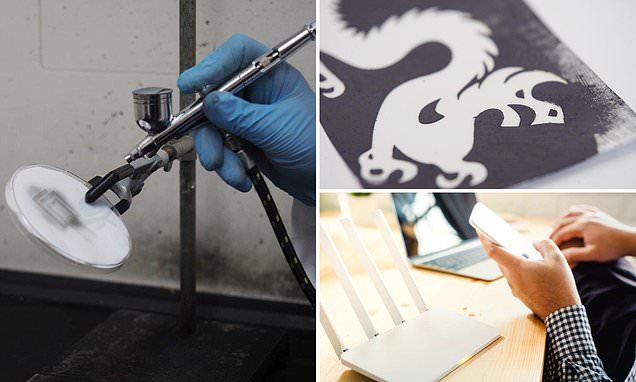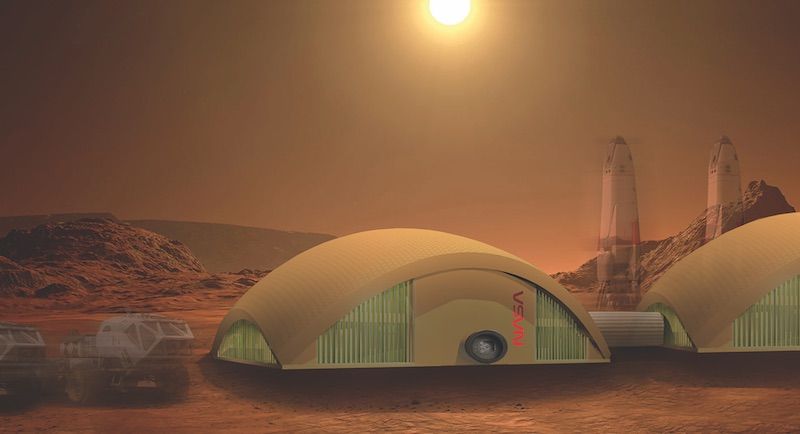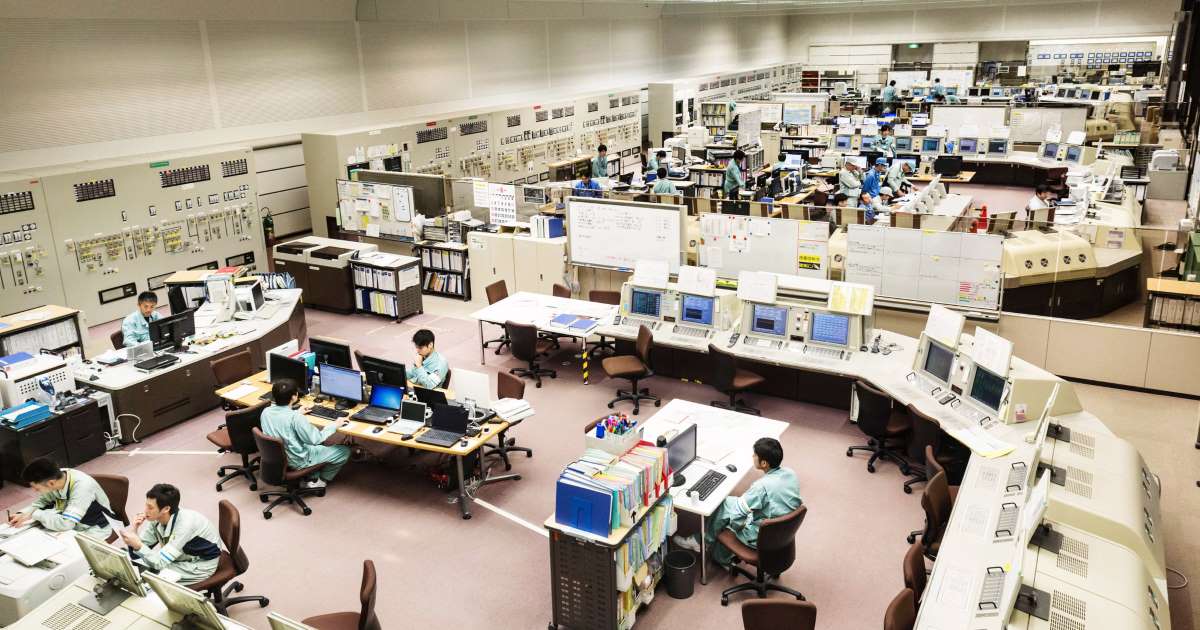Archive for the ‘materials’ category: Page 251
Sep 26, 2018
Fungus may be the key to colonizing mars
Posted by Klaus Baldauf in categories: materials, space
The thought of colonizing Mars has science fiction aficionados, scientists, and billionaire entrepreneurs staring up at the night sky with renewed wonder and inspiration. But the key to achieving the lofty goal of colonizing and building extensively on a new planet may not exist out among the stars, but under our feet right here on Earth.
Christopher Maurer, an architect and Founder of Cleveland-based Redhouse Studio, and Lynn Rothschild, a NASA Ames researcher, believe algae and mycelium (the vegetative part of a fungus that consists of a network of fine white filaments) may make the perfect building material on Mars.
Sep 22, 2018
Japan Has Enough Nuclear Material to Build an Arsenal. Its Plan: Recycle
Posted by Genevieve Klien in categories: materials, nuclear energy
Japan has spent decades building a facility to turn nuclear waste into nuclear fuel, but neighbors fear it has other plans for its plutonium.
Sep 22, 2018
Spray-on antennae could usher in a generation of ultra-slim gadgets
Posted by Genevieve Klien in categories: engineering, materials

Researchers from Drexel University’s College of Engineering invented a material called MXene, that they say perform as well as those currently used in mobile devices.
MXene titanium carbide can be dissolved in water to create an ink or paint and the exceptional conductivity of the material enables it to transmit and direct radio waves, even when it’s applied in a very thin coating.
Continue reading “Spray-on antennae could usher in a generation of ultra-slim gadgets” »
Sep 19, 2018
More than ever, our clothes are made of plastic. Just washing them can pollute the oceans
Posted by Bill Kemp in category: materials
Sep 15, 2018
Mushrooms could solve the war on plastic, says Kew Gardens
Posted by Ian Hale in category: materials
Fungi could be the key to winning the war on plastic, leading scientists at Kew Gardens has said.
The first ever report on the state of the world’s fungi has today revealed that if the natural properties of fungus can be harnessed and developed, plastic could be broken down naturally in weeks rather than years.
Kew Gardens and a team of over 100 scientists from 18 countries have compiled the paper, which shows how different organisms can decompose plastics, clean up radioactive material and even speed up the production of biodiesel.
Continue reading “Mushrooms could solve the war on plastic, says Kew Gardens” »
Sep 14, 2018
Nuclear pasta in neutron stars may be the strongest material in the universe
Posted by Genevieve Klien in category: materials
Simulations suggest that the theoretical substance known as nuclear pasta is 10 billion times as strong as steel.
Sep 14, 2018
Artificial Retinas Made Of This Ultra-Thin Super Material Could Help Millions See Again
Posted by Shailesh Prasad in categories: materials, particle physics
TRULY SUPER. There’s a reason researchers call graphene a “super material.” Even though it’s just a single layer of carbon atoms thick, it’s super strong, super flexible, and super light. It also conducts electricity, and is biodegradable. Now an international team of researchers has found a way to use the super material: to create artificial retinas.
They presented their work Monday at a meeting of the American Chemical Society (ACS).
ARTIFICIAL RETINAS. The retina is the layer of light-sensitive cells at the back of the eye responsible for converting images into impulses that the brain can interpret. And without a functional one, a person simply can’t see.
Sep 12, 2018
Graphene enables clock rates in the terahertz range
Posted by Genevieve Klien in categories: materials, particle physics
Graphene — an ultrathin material consisting of a single layer of interlinked carbon atoms — is considered a promising candidate for the nanoelectronics of the future. In theory, it should allow clock rates up to a thousand times faster than today’s silicon-based electronics. Scientists from the Helmholtz Zentrum Dresden-Rossendorf (HZDR) and the University of Duisburg-Essen (UDE), in cooperation with the Max Planck Institute for Polymer Research (MPI-P), have now shown for the first time that graphene can actually convert electronic signals with frequencies in the gigahertz range — which correspond to today’s clock rates — extremely efficiently into signals with several times higher frequency. The researchers present their results in the scientific journal Nature.
Sep 9, 2018
Holographic “digital wife” now on sale for $1352
Posted by Shailesh Prasad in category: materials

Gatebox’s Boku no Yome (“My Wife”) has been released in mass production for 150,000 yen (US$1,352). The holographic character stands about 8 inches tall and talks to her husband from behind a cylindrical plastic barrier. In addition to the upfront cost for Boku no Yome, husbands must pay a subscription fee of 1,500 yen (US$13.52) per month to keep their wife from getting outdated.















